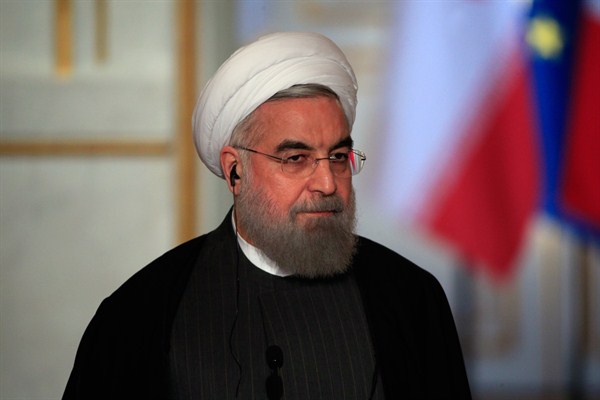Thanks to Iran’s speedy compliance with the requirements of its nuclear agreement with the group of world powers known as the P5+1, international economic sanctions on Iran were formally lifted on Jan. 16. Iran’s political leadership upheld its part of the deal so far in order to prevent any delay in lifting sanctions that have crippled its economy.
The two most devastating sanctions that were lifted had restricted Iran’s finances and oil exports. These measures reduced Iran’s oil revenues, blocked its foreign assets and nearly paralyzed its foreign trade. Free from those restrictions, Iran has wasted no time in trying to re-establish its trade and financial links to the global economy. Late last month, President Hassan Rouhani completed a successful visit to Italy and France, where he signed several major trade deals, including some $18 billion worth of contracts with Italy and a large order for more than 100 Airbus commercial planes. While Rouhani was in France, French automaker Peugeot, which had to freeze its joint venture operations in Iran in 2012, also announced new agreements, reportedly worth more than $430 million, to resume joint auto production in Iran.
But can Rouhani’s team actually implement these agreements? And if so, how soon will Iran’s economy recover?

